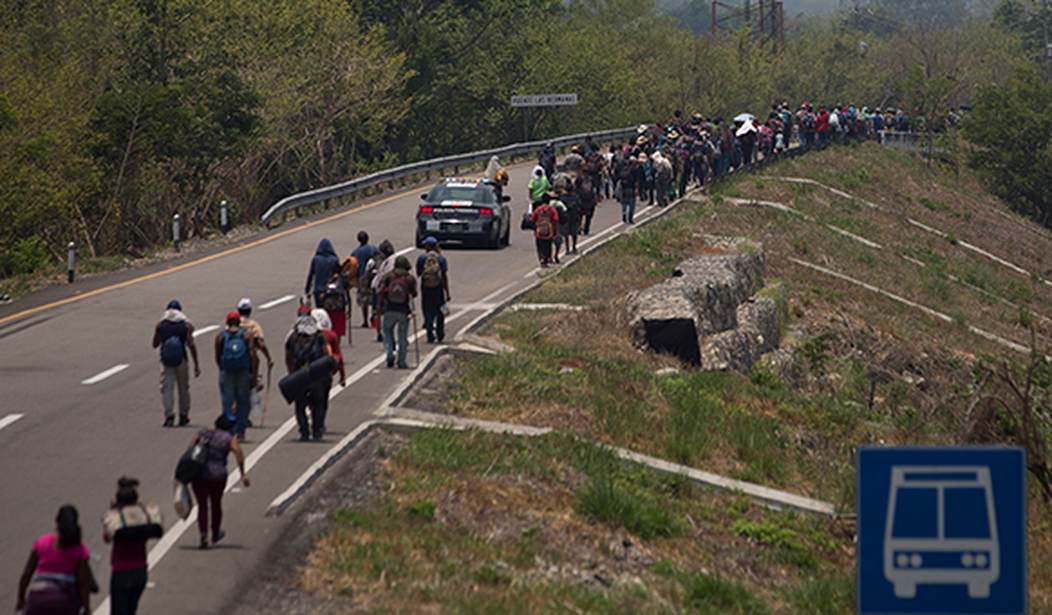In some quarters, using mass immigration to grow the U.S. population is considered a great idea. Even an absolute necessity. For instance, one commentator has argued that America needs “a more generous migrant flow so that its population continues to grow, with all the attendant benefits.” Others claim that immigration-driven population growth is indispensable for the United States to remain a militarily and economically competitive superpower. Many also view mass immigration as a way to bail out such unfunded liabilities as Social Security and Medicare, as well as to increase the worker-to-retiree ratio. (These misleading claims frequently overlap with a related myth – that of the so-called “labor shortage”, which has been debunked elsewhere.) Here is why the “we need mass immigration to increase our population” narrative is wrong.
While the United States is a very large country, we also have the third largest population in the world and our rapidly-growing metropolitan areas are already overcrowded. This is important because most immigrants settle in urban areas. Thus, 40 percent of the Miami Metropolitan Statistical Area (MSA) is foreign-born, as is one-third of the Los Angeles area, 30 percent of the San Francisco area, and 29 percent of the New York MSA. As a result, continued mass immigration would only exacerbate the urban/suburban overcrowding problem by further straining our decaying transportation infrastructure, increasing traffic congestion, overcrowding our public schools, and raising rent and housing prices. Large numbers of foreign workers in metropolitan areas also undermine the benefits of a tight labor market for Americans by contributing to stagnant wages and increased job competition (Americans already face the prospect of losing millions of jobs to automation – 73 million by 2030, according to one report).
In addition, mass immigration may seem like a clever way to save Social Security and other unfunded liabilities in the short-term, but it will certainly make the problem worse in the longer-term. After all, immigrants are no less susceptible to the natural process of aging than native-born Americans. This means that they too will eventually collect retirement benefits. Moreover, due to our current policy of “chain migration,” working-age immigrants frequently sponsor retirement-age relatives – some of whom never contribute to Social Security or Medicare, or do so only briefly. Those touting mass immigration as a solution are essentially attempting to sell us a Ponzi Scheme.
Recommended
The same applies to utilizing immigration to maintain the worker-to-retiree ratio. As one study points out: “It is possible for immigration to maintain the current working-age share or ratio of workers to retirees, but it would roughly require net immigration five times the level projected by the Census Bureau through 2060.This would create a total population of 706 million in 2060 — more than double the current population.” Just imagine getting around the big city with those crowds!
Given our current immigration levels (over 1 million per year), the U.S.’ share of working-age population (16 – 64) will be an estimated 59 percent in 2060. By contrast, if we reduce immigration to one-third of that level annually, our share of the working-age population will be 57.6 percent. In terms of the worker-to-retiree ratio, this translates into 2.5 workers per retiree versus 2.2. Some may argue that these small differences may be significant, but fertility rates have actually declined much faster among immigrants than native-born Americans. In other words, population growth through mass immigration is a non-solution.
The proponents of increasing our population through immigration also consistently ignore one huge elephant in the room. Namely, why not implement policies encouraging native-born Americans to have more children? Many young Americans want children but fear they cannot afford to have them. Perhaps reducing some of the pressure that mass unchecked immigration exerts on working- and middle-class Americans – in the form of depressed wages, intense job competition, and other factors – will offer them some much-needed relief. Obviously other factors, in addition to immigration, influence the number of children Americans wish to have, but addressing one of them is better than dealing with none.
The cheerleaders of population growth through mass immigration are myopically searching for a quick fix. Numerous influential interest groups – including business lobbyists, ethnic advocacy groups, labor unions, and politicians – want as many new workers, customers, members, or voters as soon as possible. Meanwhile, ordinary Americans are saddled with the bill: a classic case of concentrated benefits and diffused costs. Our immigration policy must put these forgotten Americans first and the common good before special interests.

























Join the conversation as a VIP Member